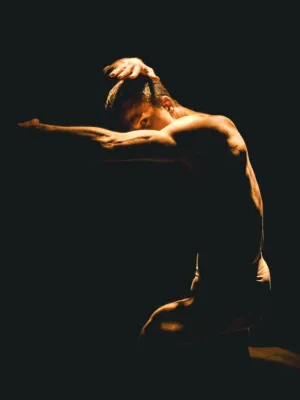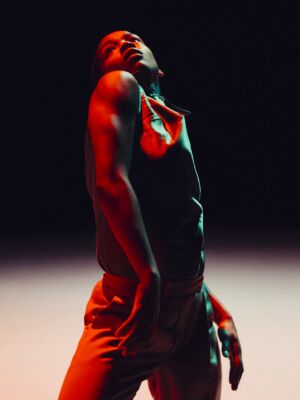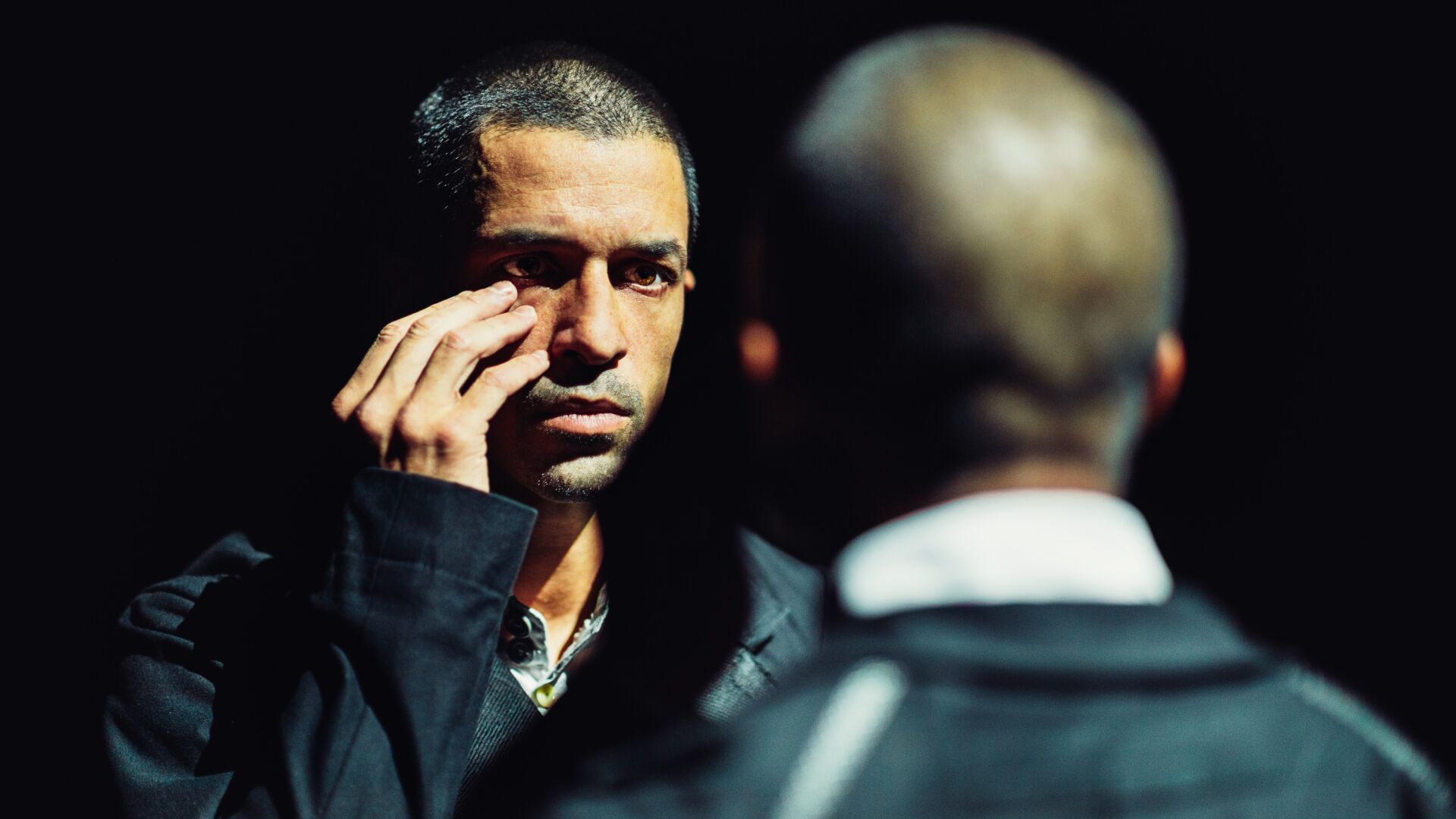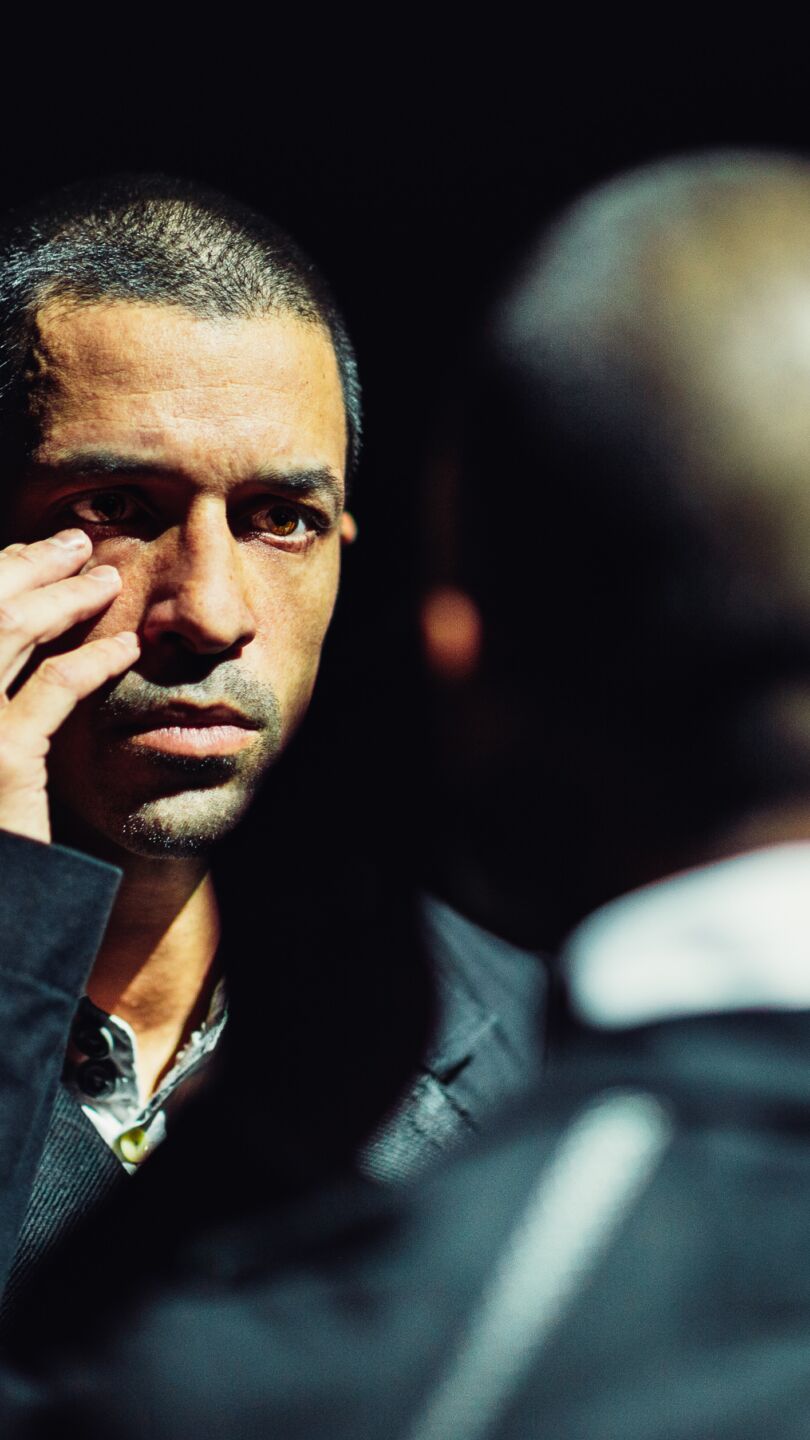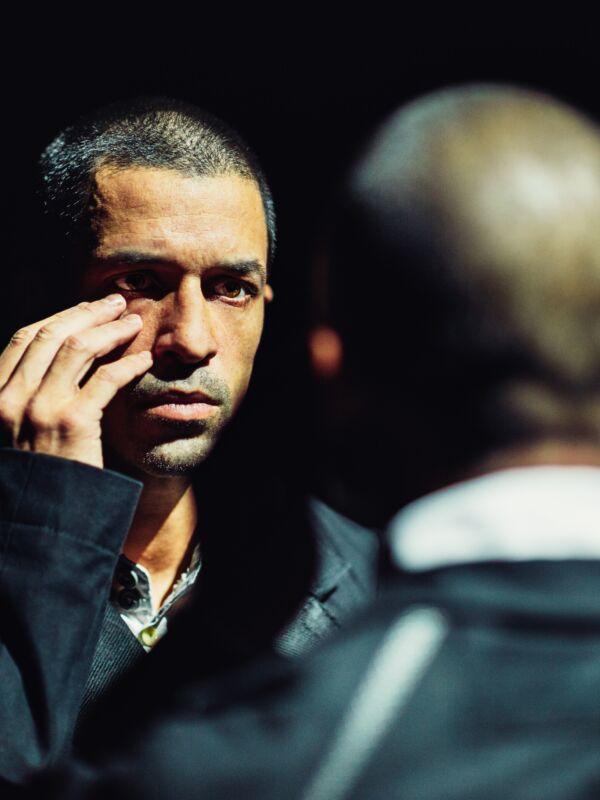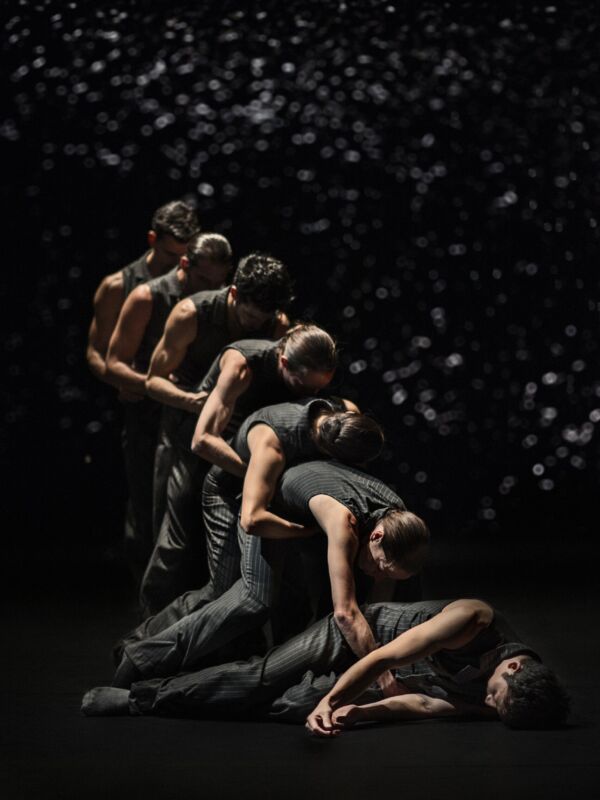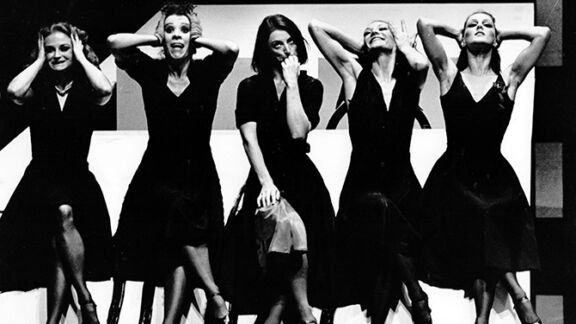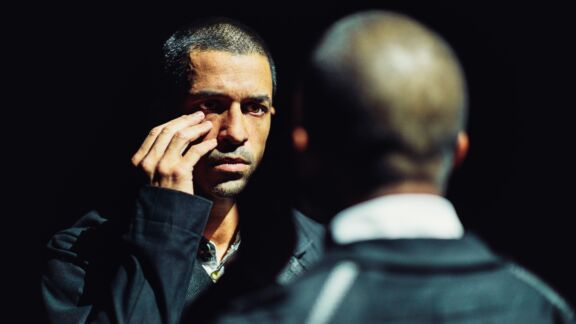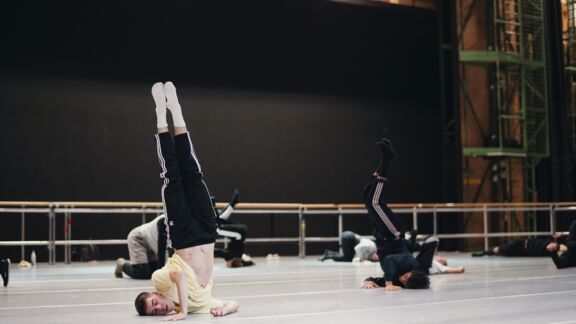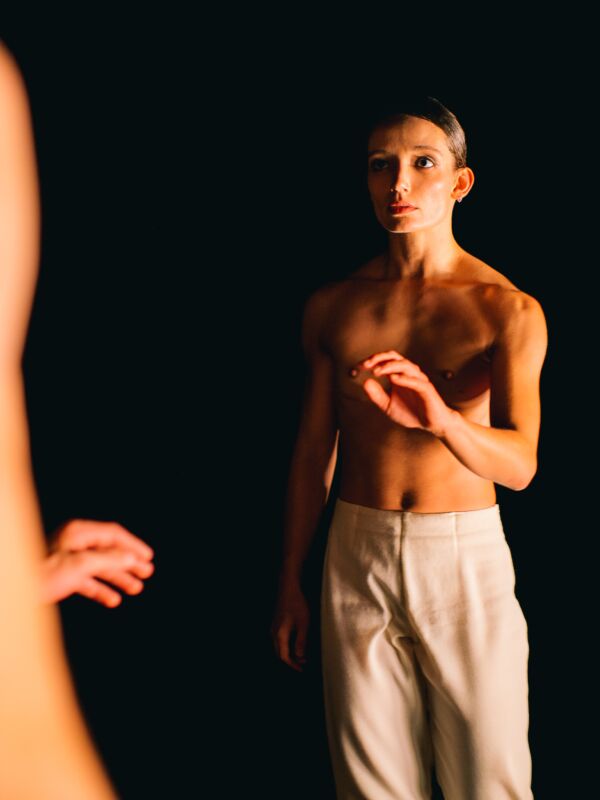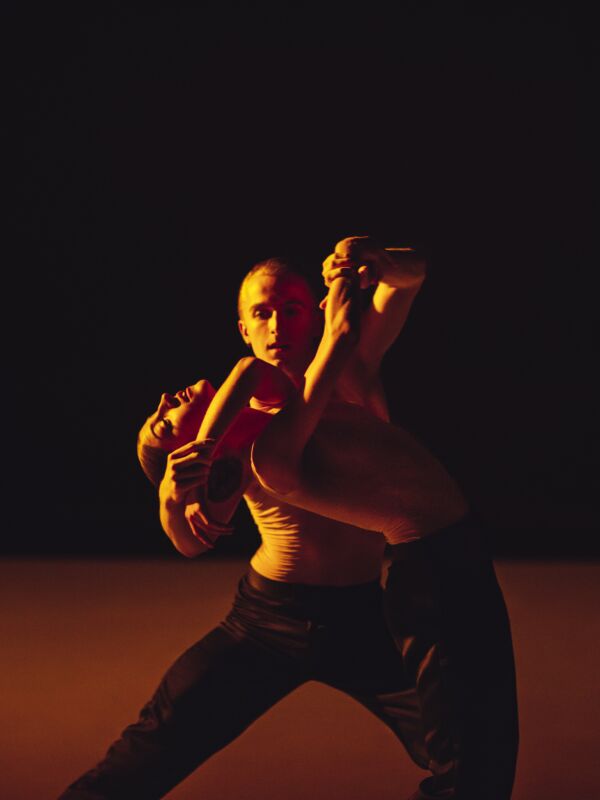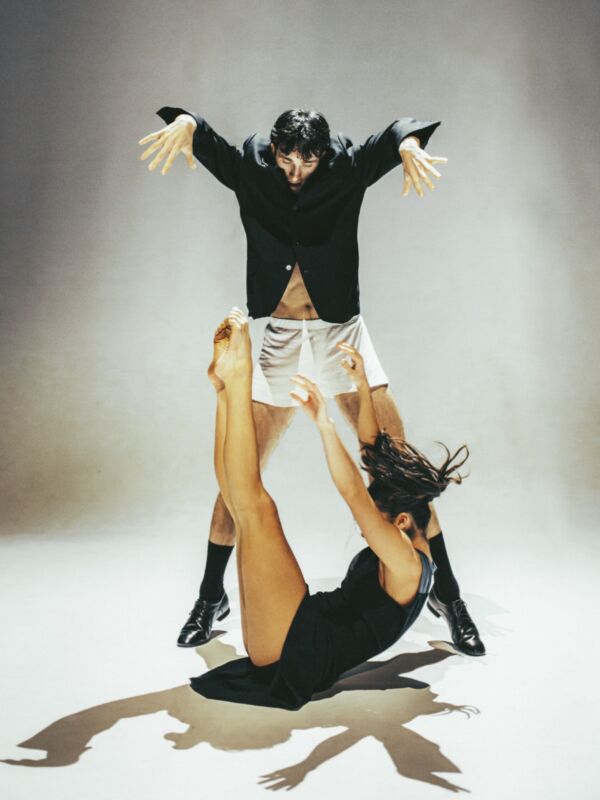Portrait | Emily Molnar
An interview with Emily Molnar, Artistic Director of Nederlands Dans Theater
“The why and the how are just as important as the what”
In August of this year, Emily Molnar (1973, Canada) started as the new Artistic Director of Nederlands Dans Theater (NDT). Her commencement of the position kicked off during one of the most challenging periods for the company and the dance world to date, with an invisible virus having far-reaching consequences. Who is the woman who crossed the Atlantic after 11 years of successful leadership in Canada and who arrived in Europe, the continent where she was a dancer at Ballett Frankfurt, under the directorship of choreographer William Forsythe? A conversation about collaboration, dealing with expectations and looking at what it means to dance today: “In the end, everything is a work in progress.”
Text: Annette Embrechts

